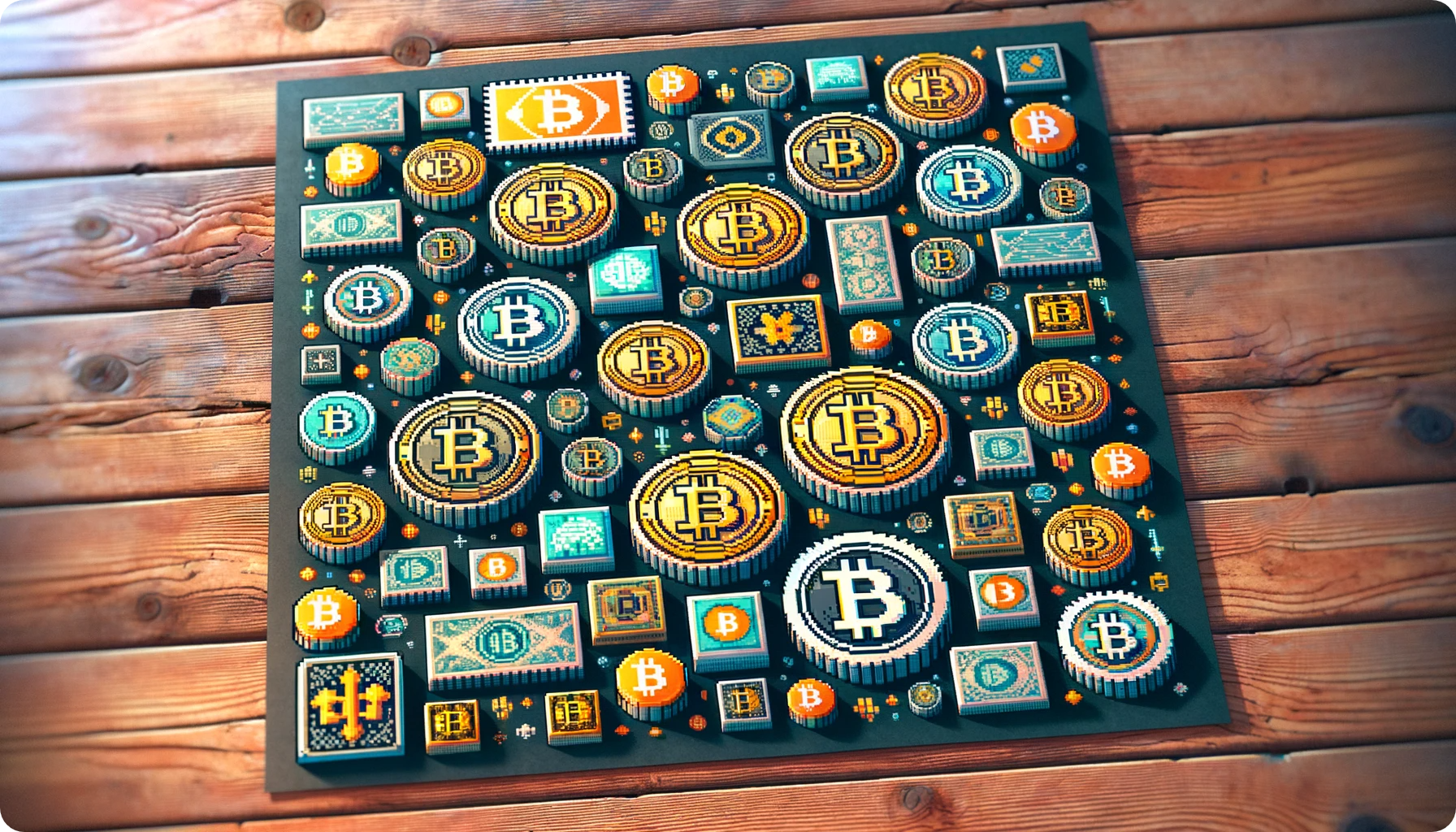Dear Bankless Nation,
Ordinals have kicked off an explosion of “Inscriptions” tokenization activity on Bitcoin (and beyond) recently.
Yet there’s another relatively new Bitcoin tokenization protocol, Stamps, that’s also been gaining steam as of late.
Never heard of Stamps or SRC-20s? No worries. For today’s post, let’s go over how Stamps work, how they compare to Ordinals, and how you can try them for yourself!
-WMP
The Rise of Bitcoin Stamps ⏫
Released by Mike In Space in March 2023, The Bitcoin Stamps system started as a proof-of-concept project on Counterparty, a Bitcoin L2 that’s been around since 2014. Stamps has since shifted completely to Bitcoin thanks to an update to its underlying protocol, now dubbed SRC-20, this past summer.
The creator, Mike, originally conceived Stamps as a way to mint permanent Bitcoin NFTs. However, the protocol has expanded to also replicate BRC-20s, the batched (semi-)fungible tokens that have boomed atop Bitcoin thanks to the Inscriptions craze taking off since Casey Rodarmor launched Ordinals back in January 2023.
The main difference between Stamps and Ordinals is architectural. That’s because Stamps store their metadata in multi-signature unspent transaction outputs (UTXO), while Ordinals store their metadata within what’s known as the “witness” segment of a Bitcoin transaction.
This design contrast leads to subtle, but notable, tradeoffs here. Namely, the UTXO method of Stamps makes them unpruneable and thus seemingly permanent, though they’re more expensive to create than an Ordinals-style mint. Conversely, the way Ordinals use witness data ultimately makes them pruneable—however unlikely—yet they’re more affordable to make than Stamps.
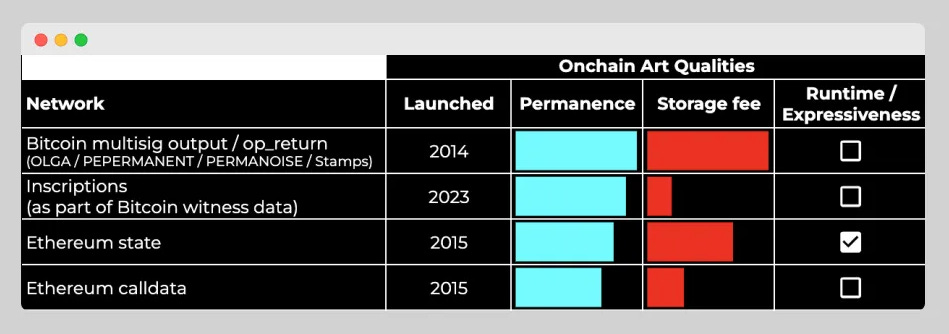
As such, while Ordinals may offer the best permanence-to-cost ratio for NFTs in crypto today (it’s possible to get onchain NFTs on Ethereum, but they’re comparatively more expensive to build than Ordinals), the Stamps system currently appears to offer the best straightforward permanence guarantees here.
All that said, not everyone finds these projects interesting or useful!
For instance, old-school hardliner Bitcoiners like Luke Dashjr have recently come out swinging at both Ordinals and Stamps, hailing these minting systems as spam attacks against Bitcoin. For his part, Dashjr’s new Ocean mining pool is set up to filter Inscriptions and Stamps transactions, and he’s already put forward the notion of changing Bitcoin to a different proof-of-work (PoW) algorithm to fight back against NFT-friendly Bitcoin miners.
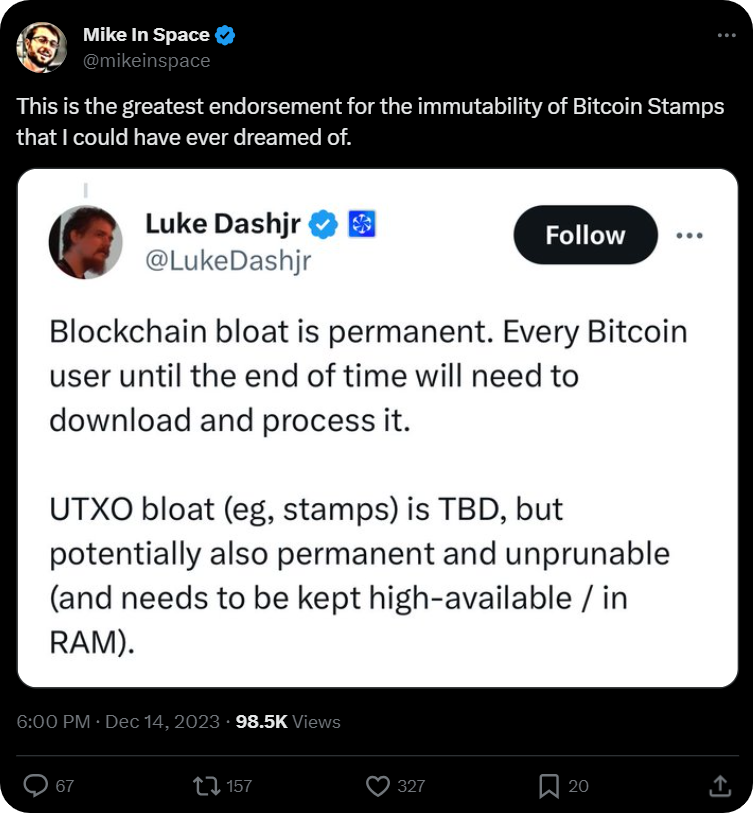
Perhaps the Bitcoin community will eventually split anew over the disagreements here. Another blocksize war may be coming, with creative experimenters on one side and “Bitcoin is just money” veterans on the other.
For now, though, Dashjr’s recent comments have only added fuel to the fire, as attention and activity around Stamps have seemingly hit new all-time highs in recent days. In fact, the first and second Stamps ever created just sold as a bundle for 1.7 BTC (~$150k USD), a sign of spiking interest.
Of course, Stamps markets may go through boom and bust cycles like all assets, but the tech is legitimate and compelling either way. Stamps are interesting not just thanks to their permanence but also because, like Ordinals, they offer a new token standard that’s opened up new possibilities that didn’t previously exist on Bitcoin.
Smart contract platforms like Ethereum and Solana have already enjoyed native token standards for years, and hardly need these sorts of systems. Conversely, Bitcoin’s just decisively broke through into the tokenization big leagues in 2023 as advances like Ordinals and Stamps have started rising to the fore and unleashing unprecedented demand.
It’s a Bitcoin Renaissance like we’ve never seen before, in other words. So let’s say you’ve already tried Ordinals, and now you’re keen to also explore Stamps some. Where to begin?
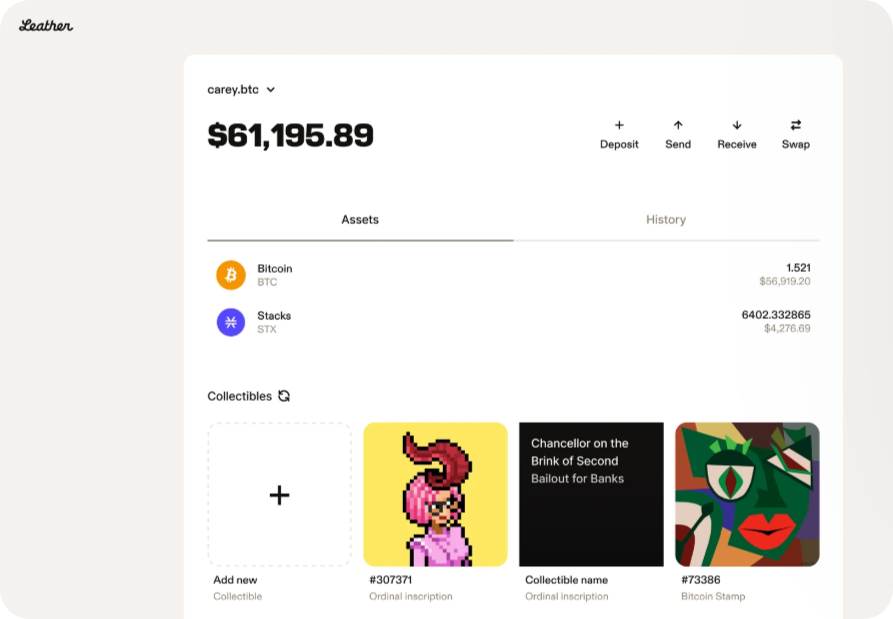
On the wallet side of things, I recommend starting with something like Leather (previously Hiro), a Bitcoin wallet that supports Ordinals and Stamps and BRC-20s and SRC-20s as well. If you have previous experience with browser wallets like Coinbase Wallet, MetaMask, or Rainbow, you should find navigating Leather familiar and straightforward because it offers a similar UX to these mainstays, albeit in a Bitcoin-centric fashion.
That said, whatever you do, don’t just dive into Stamps with any ol’ Bitcoin wallet. You can lose your assets if you try using them with a wallet that isn’t compatible!
Once you do have a wallet primed and ready to go, you can start surfing around for Stamp NFT mints or SRC-20 tokens. OpenStamp is one platform where you can currently do both, but some other early marketplaces you can also consider right now include RareStamp, Stampscan, and StampedNinja. If minting your own Stamp is something you’re curious about, Stampsbot offers a minting service you could try.
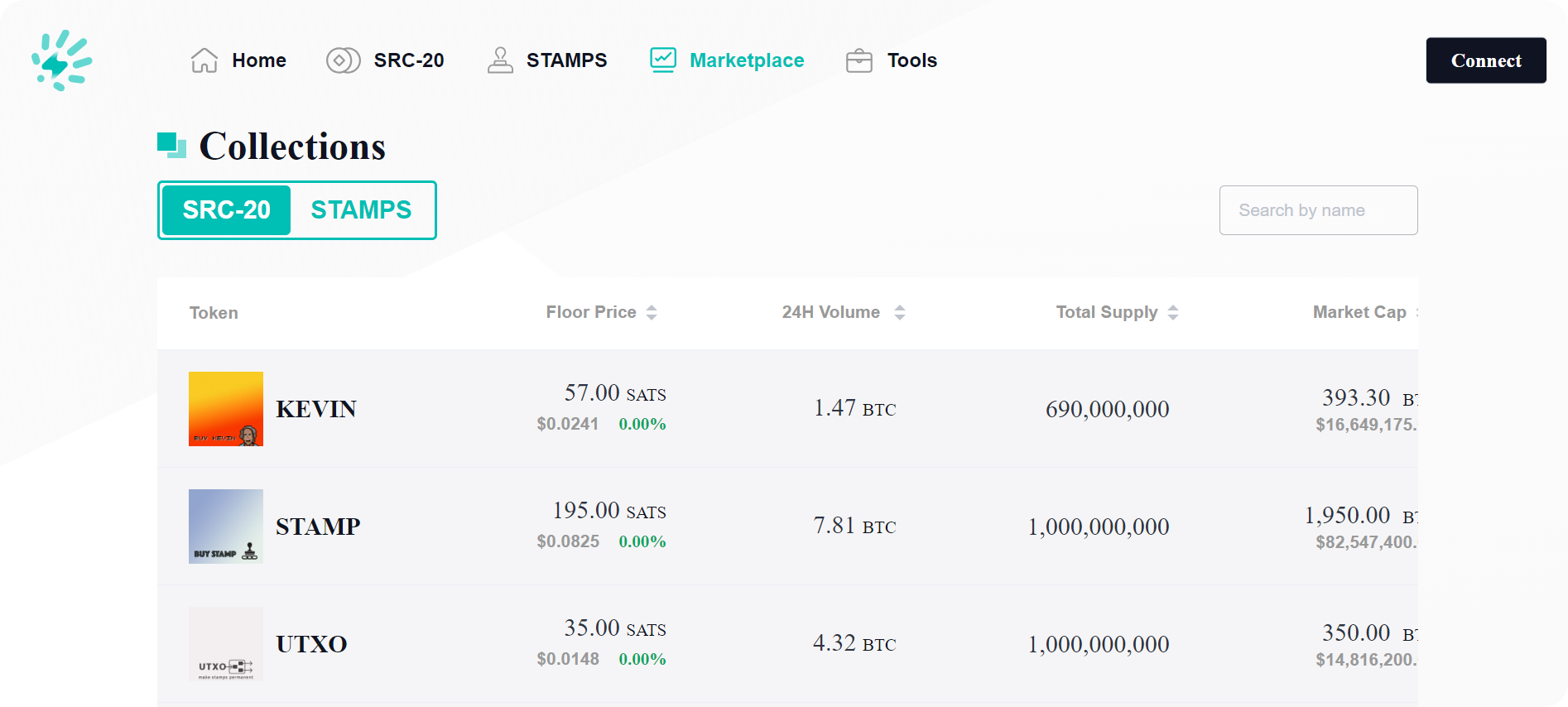
Ultimately, whether the Stamps system will become a permanent fixture in the crypto ecosystem remains an open question. However, the current surging popularity of Stamps mints and the fresh possibilities they introduce for Bitcoin cannot be ignored. In combination with Ordinals, Stamps put Bitcoin’s creative scene in a position to become increasingly teeming in the years ahead, and that means there’s more definitely showdowns to come with JPG-hating Bitcoin maxis. We’ll see what happens from here!
